Travel filmmaking captures the enchantment of discovery in ways that still photographs and words are powerless to imitate. Whether covering a weekend road journey or a month-long odyssey spanning continents, making engaging travel films involves more than simply capturing attractive landscapes.
From technical expertise to cultural awareness, great travel filmmakers possess a combination of skills that is much more involved than simple videography. Below is a list of 15 tips that will help turn your travel videos into compelling stories to share.
Plan Your Shots Before You Pack
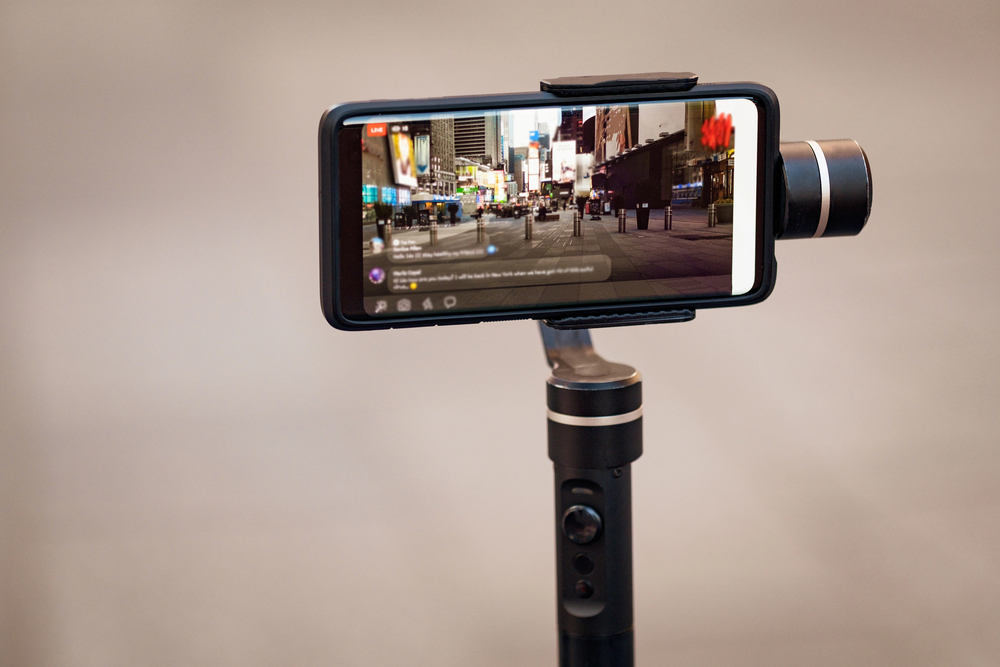
Research your destination’s iconic locations, but also dig deeper into local customs and daily life that tourists rarely see. Create a shot list that includes wide establishing shots, intimate details, and human interactions. Think of yourself as a visual storyteller rather than just a tourist with a camera.
Invest in Stabilization Equipment
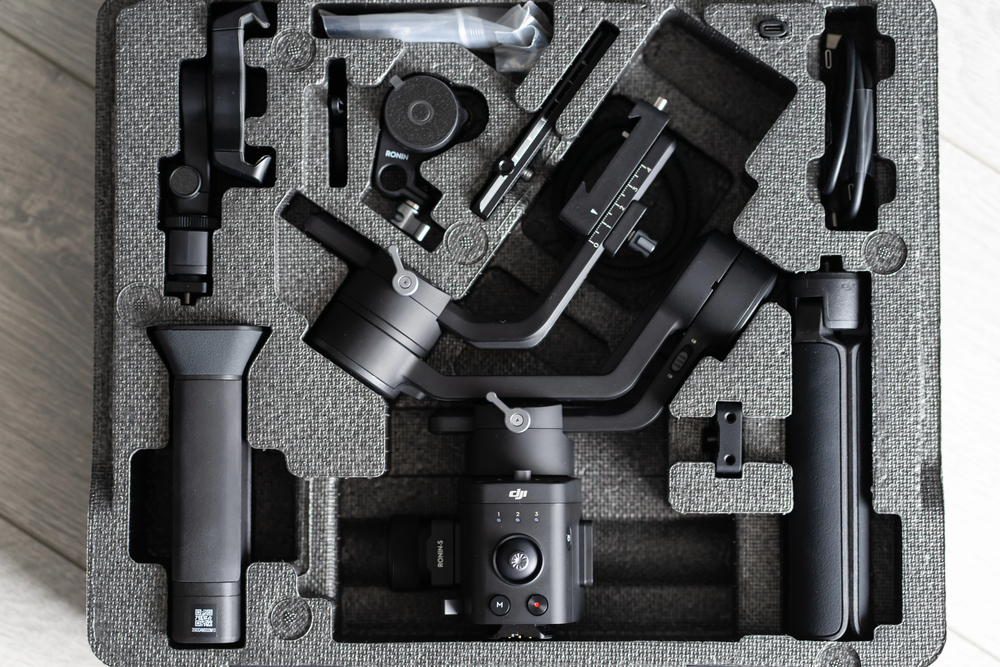
Shaky footage screams amateur faster than anything else in travel videos. A good gimbal or stabilizer makes the difference between footage that looks professional and clips that make viewers dizzy. Even budget-friendly options will dramatically improve your results compared to handheld shooting.
Like Travel Pug’s content? Follow us on MSN.
Capture Local Audio Landscapes
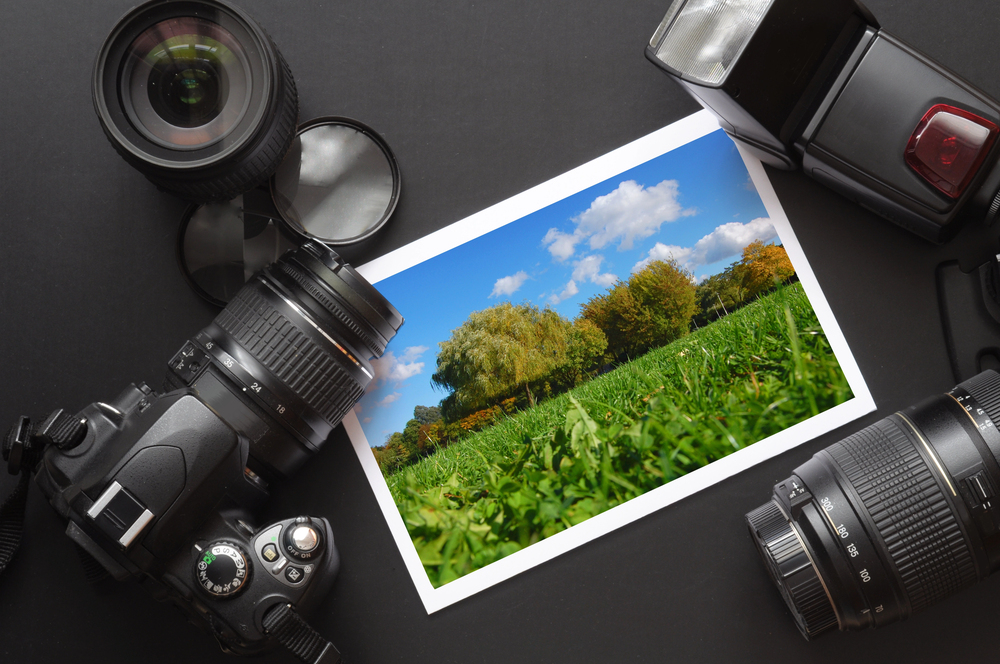
The noise of a location says as much about it as the visuals do. Capture ambient noise, such as market noise, street performers, or sea waves separately from your primary footage. Such audio details prove priceless while editing when you wish to develop a real atmosphere.
Shoot in Multiple Frame Rates
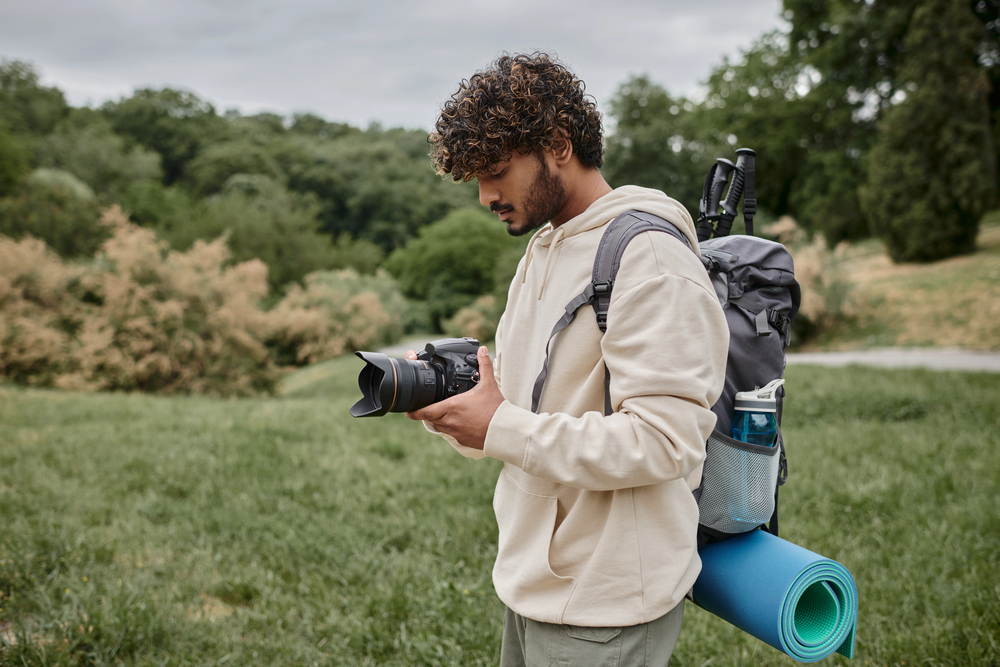
Combine regular 24fps footage with higher frame rates such as 60fps or 120fps for slow-motion footage. Your dreamy slow-motion captures of prayer flags blowing or street food cooking bring cinematic flair that enhances your story. Just keep in mind that slow-motion works best as a seasoning, not the meal.
Use Natural Light Strategically
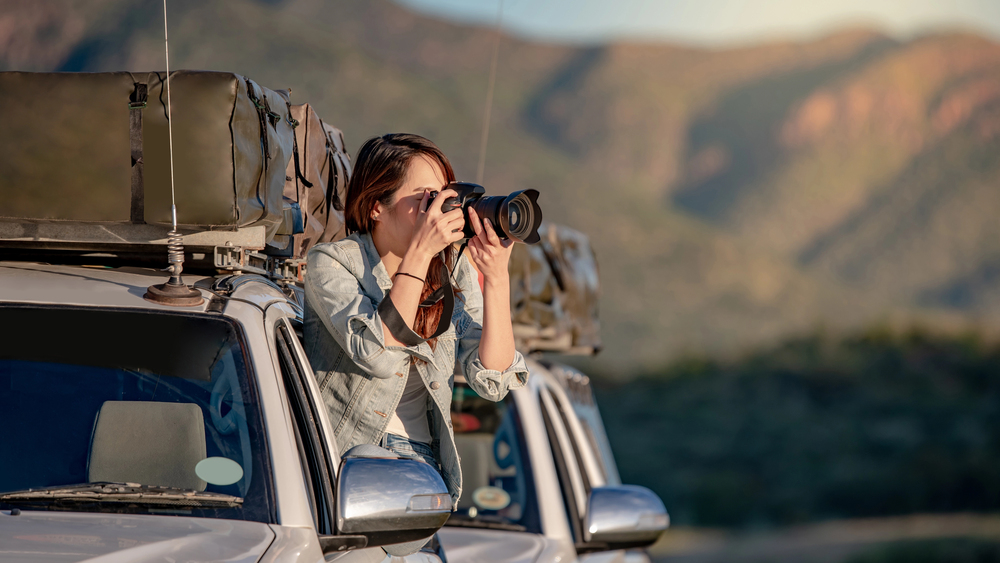
Golden hour isn’t all Instagram hype — it produces the most favorable light for travel videos. Schedule your shooting during sunrise and sunset whenever possible. Severe midday sunlight forms unflattering shadows and washed-out color that even professional color grading can’t completely save.
Like Travel Pug’s content? Follow us on MSN.
Tell Stories, Not Just Document Sights

Emphasize the narrative aspects such as obstacles encountered, surprising discoveries, or cultural interactions more than about beautiful sceneries. The best travel videos have a story to tell with a beginning, middle, and an end. Reflect on what you discovered changed or what you learned while traveling.
Master the Art of B-Roll
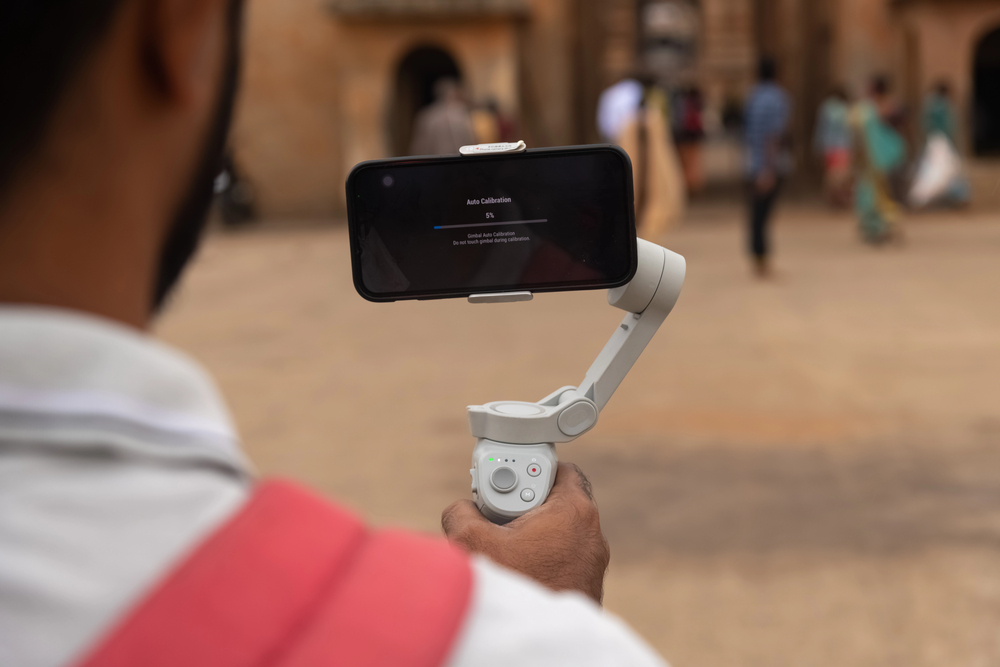
Your main footage tells the story, but B-roll footage adds texture and context that keeps viewers engaged. Capture details like hands preparing food, feet walking on different surfaces, or close-ups of architectural elements. These shots become editing gold when you’re crafting your final story.
Pack Light but Strategic
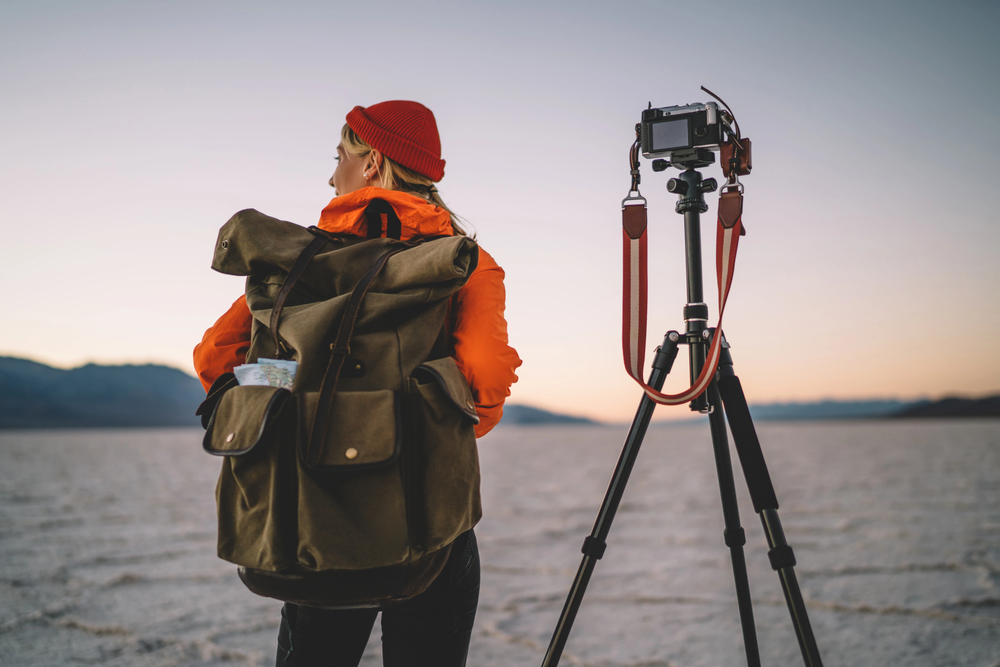
Every piece of equipment you bring needs to earn its space in your luggage. A versatile lens often serves you better than multiple specialized ones. Consider the 80/20 rule — which gear will you use 80% of the time, and can you accomplish your goals without the remaining 20%?
Like Travel Pug’s content? Follow us on MSN.
Shoot Establishing Shots First
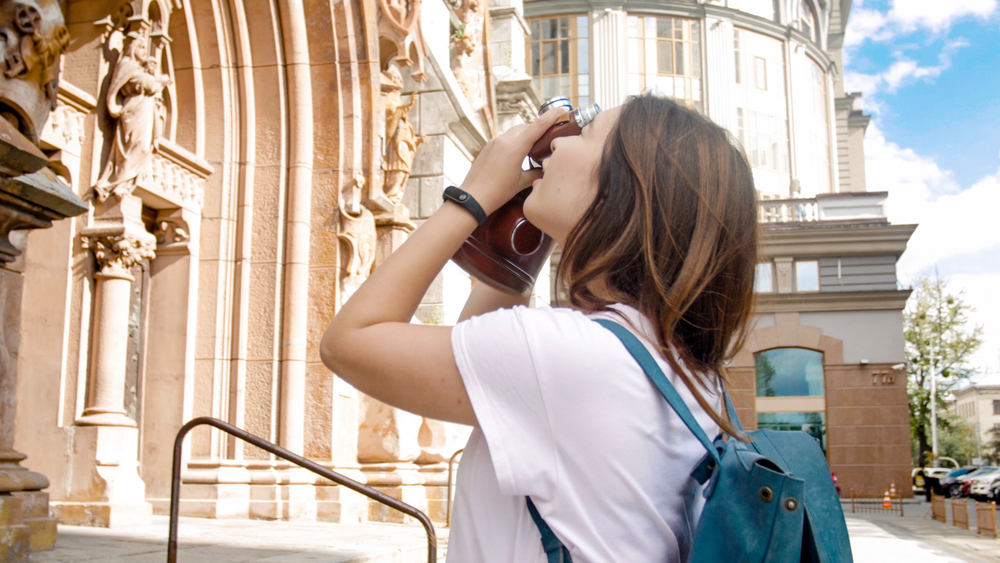
When you arrive somewhere new, immediately capture wide shots that show the location’s context and scale. These establishing shots anchor your story geographically and help viewers understand where your adventure takes place. They’re also great footage to fall back on during editing transitions.
Record Voice-Over Notes Daily
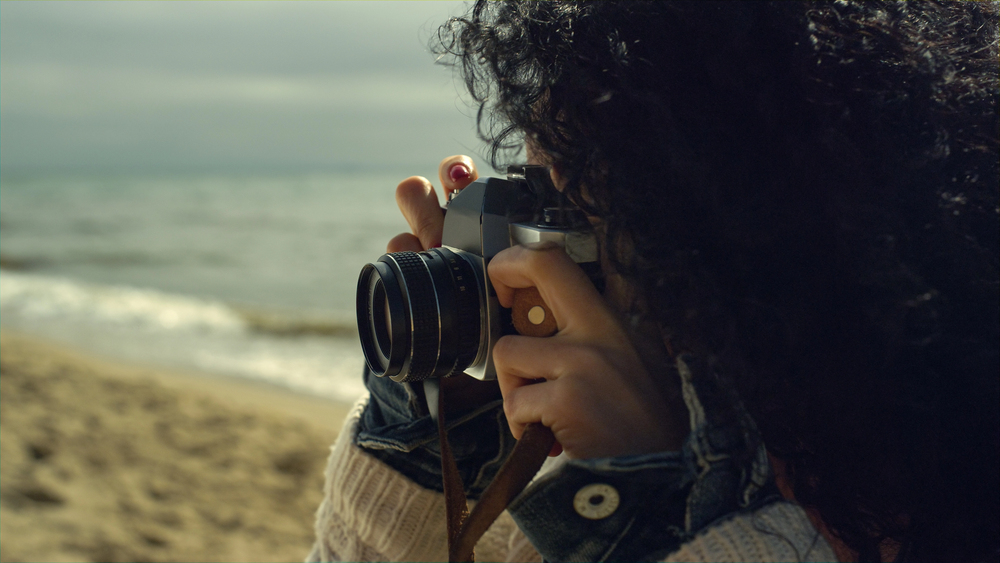
Speak your thoughts, experiences, and emotions into your camera or phone each evening while memories are fresh. These raw voice recordings often capture authentic feelings that scripted voice-overs completely miss. Your genuine reactions in the moment become powerful storytelling tools later.
Understand Local Transportation Rules

Research filming restrictions for trains, buses, and domestic flights before you travel. Some countries have strict rules about recording in transportation hubs or on public transport. Knowing these regulations saves you from uncomfortable confrontations and potential legal issues.
Like Travel Pug’s content? Follow us on MSN.
Create Movement in Static Shots
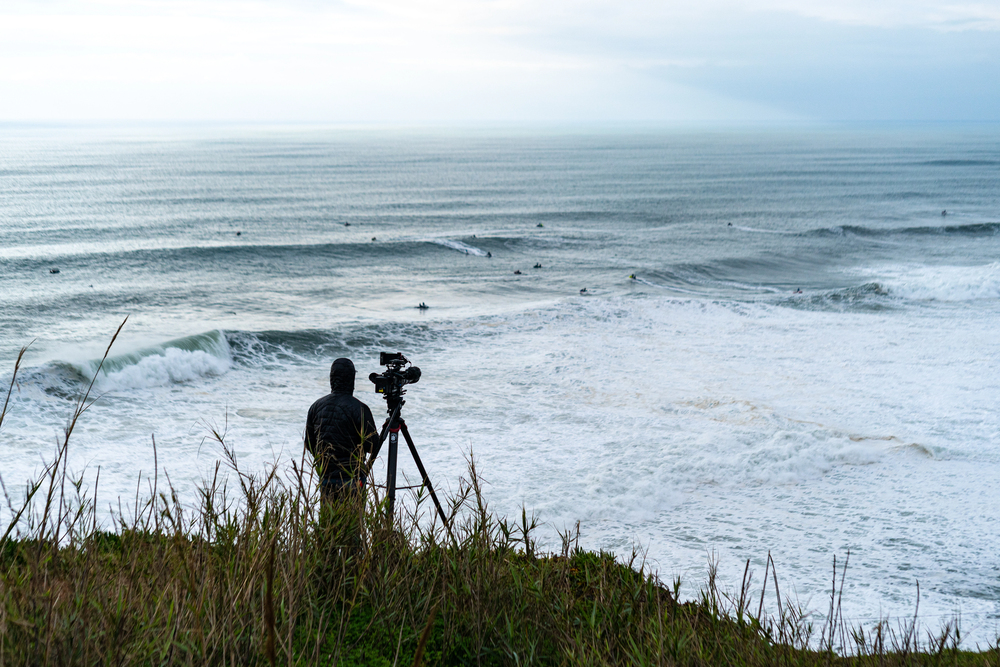
Even when filming stationary subjects, subtle camera movements add visual interest and energy. Gentle pans, tilts, or slow push-ins create dynamic footage from potentially boring static shots. Movement should feel motivated and purposeful, not random or excessive.
Document the Journey, Not Just Destinations
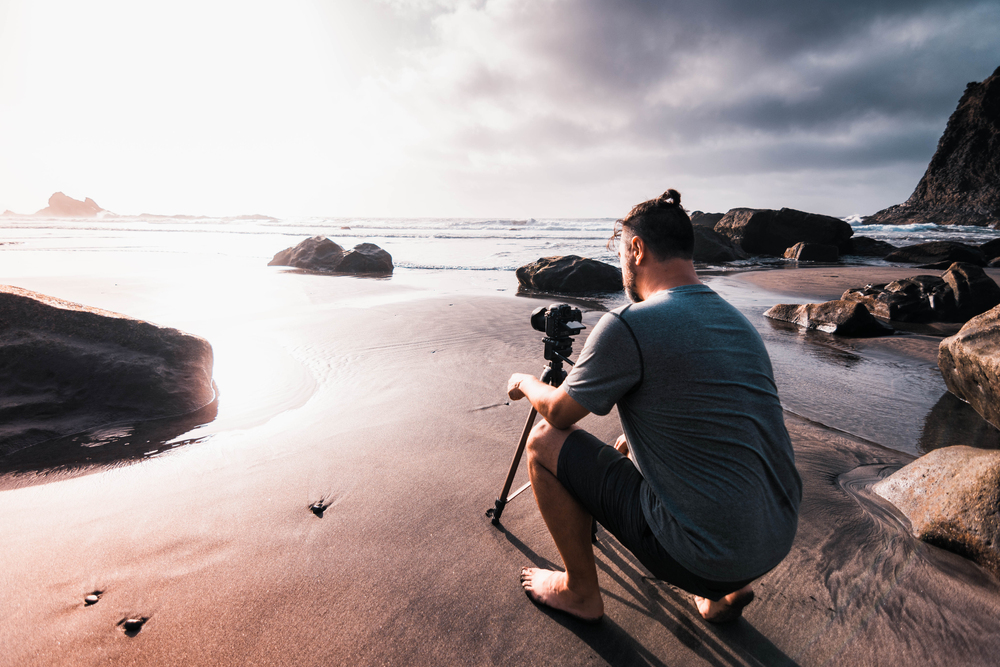
Film transportation methods, border crossings, meal preparations, and accommodation setup alongside your main attractions. These transitional moments often contain the most authentic cultural experiences and personal growth moments. The journey between places frequently provides better stories than the destinations themselves.
Backup Your Footage Regularly
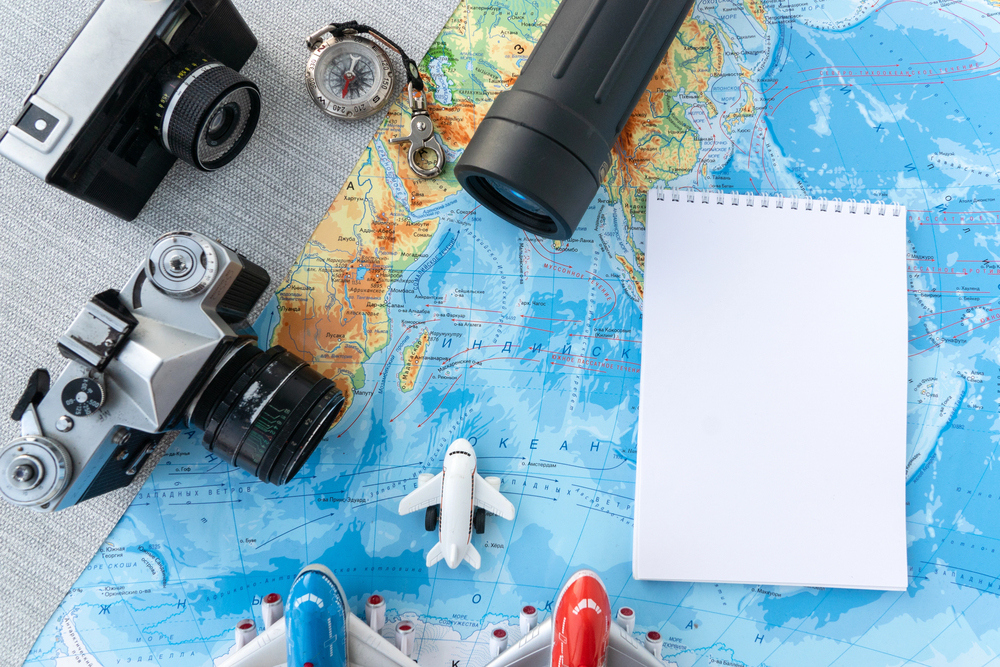
Losing travel footage feels worse than losing luggage because you can’t replace those specific moments and experiences. Bring multiple storage solutions and backup important files whenever you have reliable internet. Cloud storage, external drives, and multiple memory cards provide insurance against disaster.
Like Travel Pug’s content? Follow us on MSN.
Study Other Travel Filmmakers
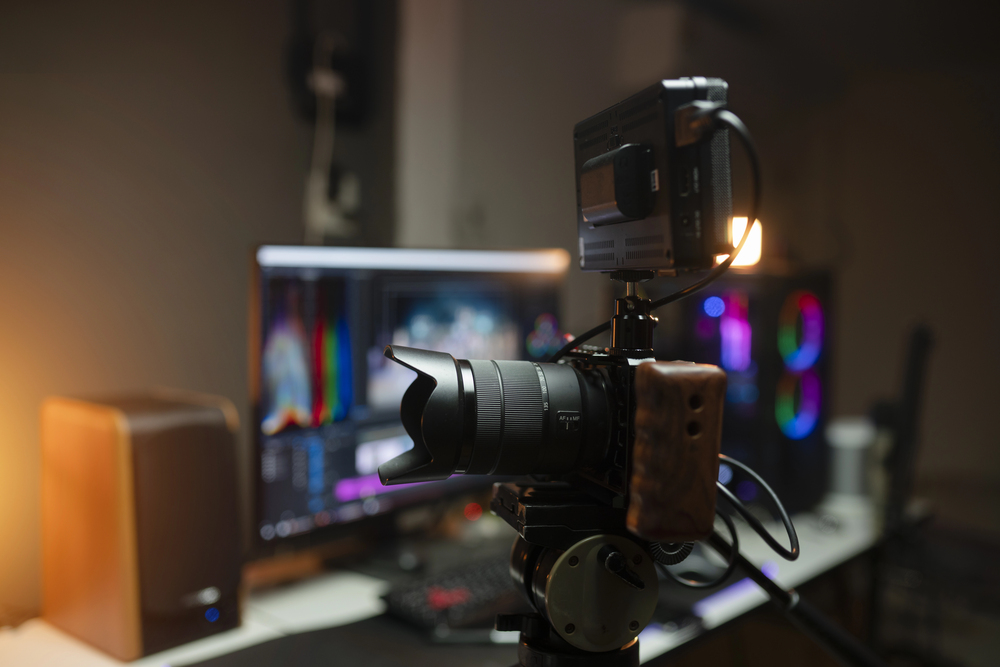
Watch successful travel documentaries and YouTube channels to understand pacing, storytelling techniques, and visual styles that resonate with audiences. Notice how professionals balance information with entertainment, and how they structure longer narratives. Learning from others accelerates your skill development significantly.
From Wanderlust to Storytelling Mastery

Travel filmmaking has grown from rudimentary vacation documentation into complex storytelling that bridges global audiences with universal human experiences. The technology and techniques that were once used to demand professional film crews are now contained within a backpack, making it more democratic to share engaging travel stories with the world.
These basic skills turn everyday travelers into visual storytellers who document not only where they’ve been, but how these places transformed them. The greatest travel movies remind us that all journeys, whether across towns or seas, hold tales worth remembering and sharing.
More from Travel Pug

- 20 Best Beach Towns in the Carolinas
- 13 Destinations Where Tourists Regularly Regret Their Trip
- 20 Things You Actually Get in First Class
- 20 Small Airports With Aviation Museums
- 20 Places in the U.S. That Are Perfect for a Reset Trip
Like Travel Pug’s content? Follow us on MSN.
